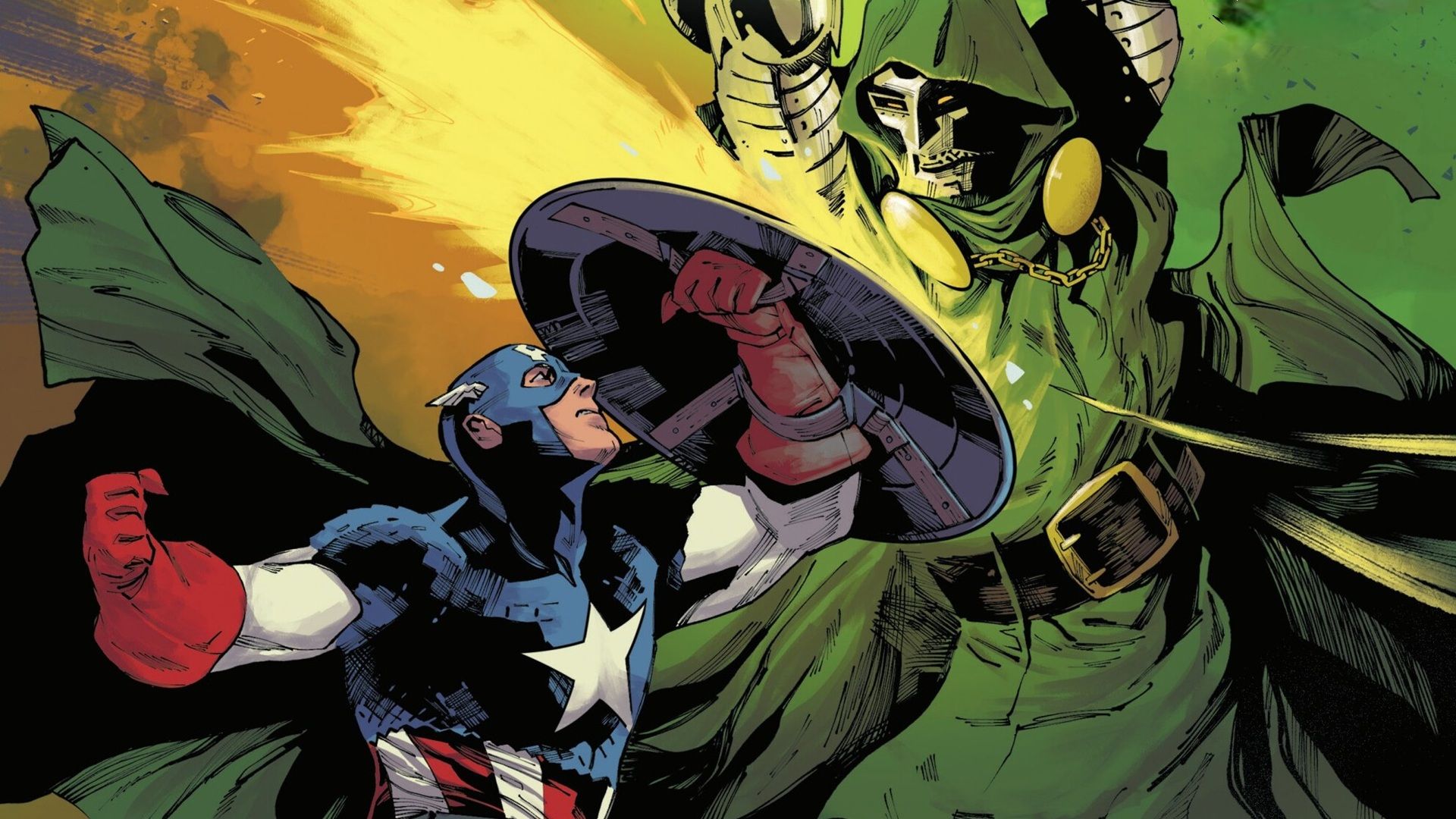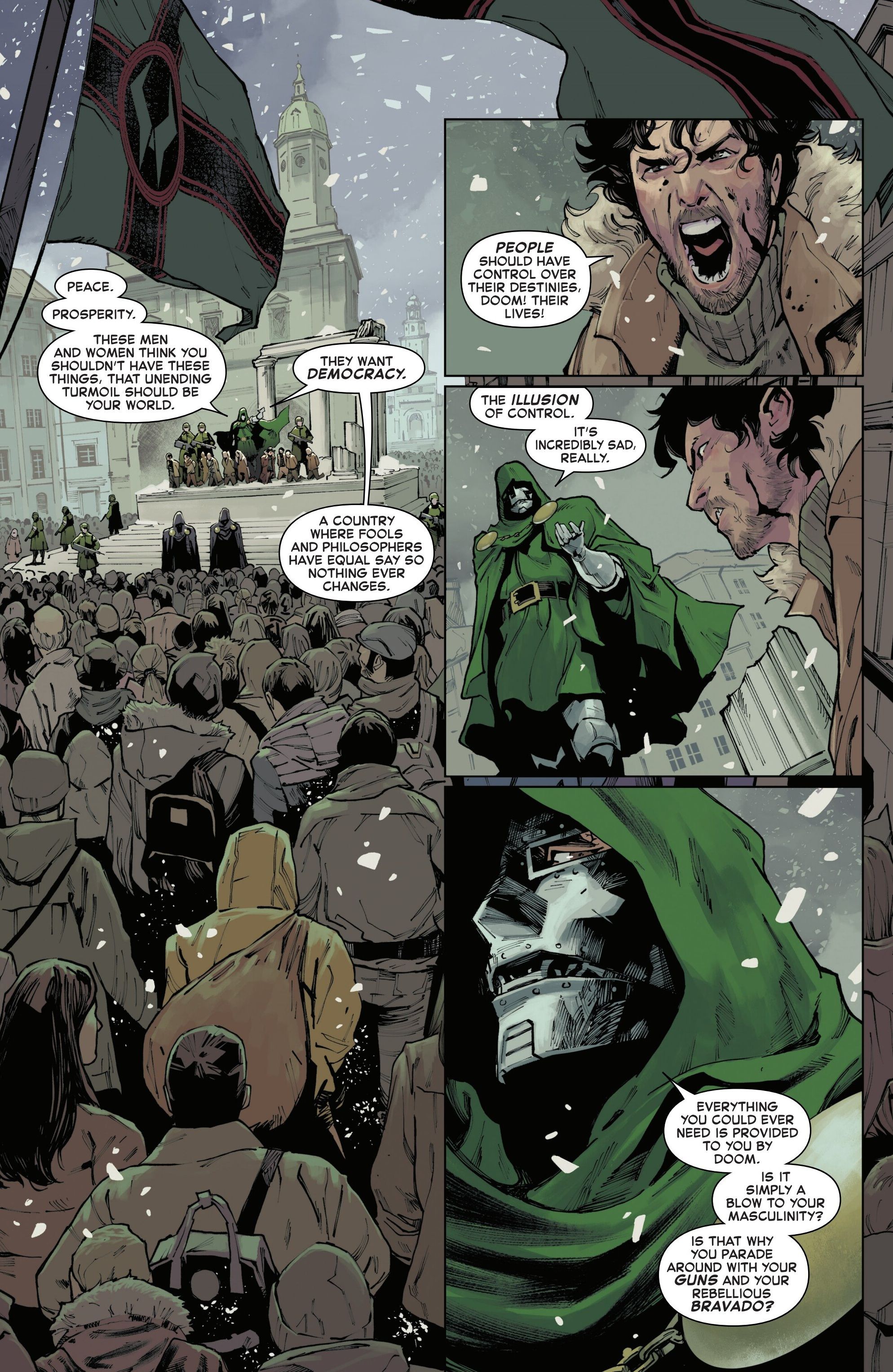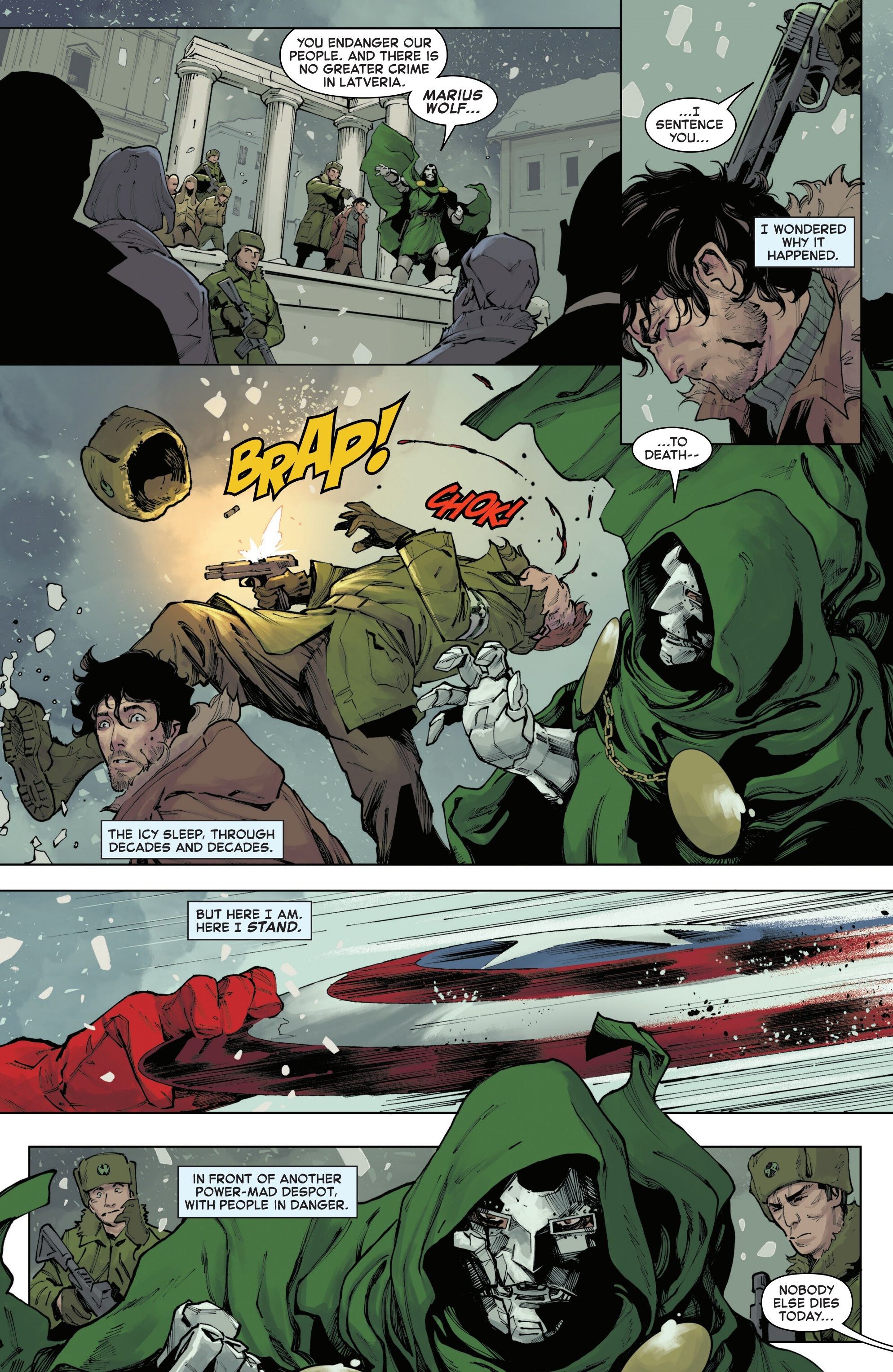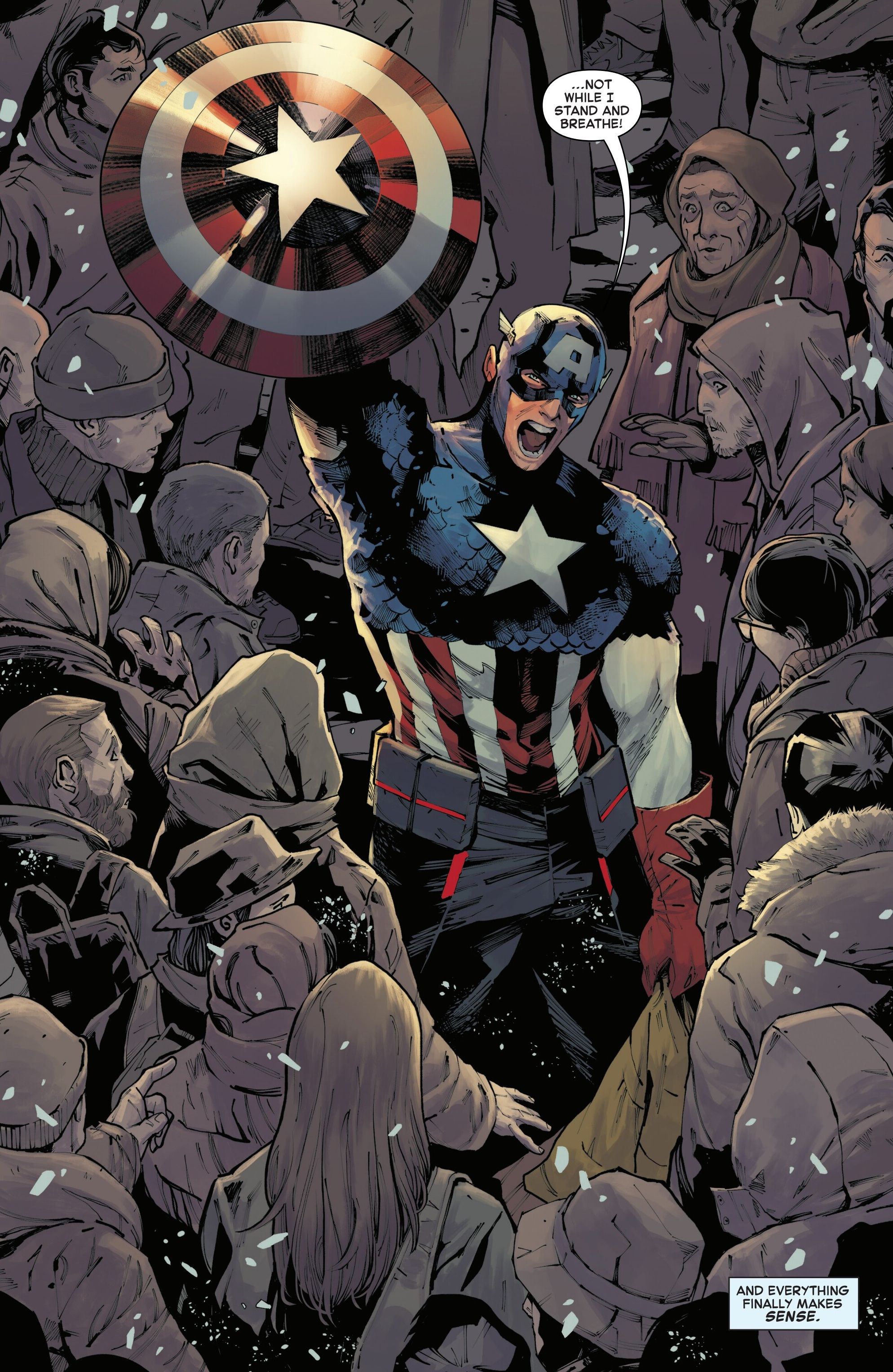
I’m really enjoying this new Captain America series by Zdarsky and Schiti, but it’s weird – even while I’m reading it, I keep realizing how much it doesn’t quite fit with everything else going on in Marvel. Honestly, the story is so good that I don’t even mind! I can’t help but notice the inconsistencies, but I definitely don’t let it bother me. This latest issue is interesting though, because Zdarsky actually tries to address how Captain America’s whole ‘man out of time’ thing impacts the bigger picture, which is cool to see.
The latest issue of Captain America, #4, is created by writer Chip Zdarsky, artist Valerio Schiti, colorist Frank Martin, and letterer Joe Caramagna. (I especially loved J. Scott Campbell’s cover, so I used it as the main image!) The story continues with Captain America trying to rescue American embassy staff still trapped in Latveria after Doctor Doom seized power. But is that really the full story?
How does then new Captain America fall apart in this comic?
The first issue introduces Dave Colton, a seemingly ordinary kid who, after witnessing the 9/11 attacks, felt compelled to join the military. His strong will led to his selection as the new Captain America. The story cleverly echoes the historical context of 1941, when the attack on Pearl Harbor inspired many to enlist, but updates it for a modern audience. It highlights how events and motivations are shaped by the times we live in, demonstrating that people are invariably influenced by their surroundings.
This isn’t about Zdarsky making fun of Colton. It’s simply showing how things have changed, something we already saw in the previous issue. After a bomb attack in Iraq, one of Colton’s soldiers shot an unarmed child, causing Colton to violently attack his own man in front of witnesses. Despite this, Colton wasn’t removed as Captain America, but he’s now limited to working only on covert, black ops missions.
This seems like Zdarsky is referencing a similar scene to one from Walker’s work – the attack with the shield felt very reminiscent of it. However, it’s also possible this is a completely original idea, and either interpretation works well.
This issue really highlights how Colton’s idea of heroism isn’t practical, even for covert operations. It’s a compelling look at the breaking point of someone’s morality, and Schiti and Martin expertly portray Colton’s downward spiral.
How does the “real” Captain America find his place in the modern world?
What really makes this issue stand out is how Zdarsky handles this particular moment in Captain America’s return. The story takes place very shortly after Cap was revived, and he’s still struggling to adjust to the modern world. Naturally, he tries to fall back into his old military habits, which is exactly what happens here. Schiti also created a sleek, new “black ops” suit for Captain America that looks fantastic.
Last issue, Doctor Doom confronted Captain America, pointing out how much respect Cap once commanded during World War II versus how much of a tool he’s become for the U.S. government. Doom claims the U.S. secretly supported his takeover and isn’t trying to rescue the embassy hostages, but to eliminate them to cover up their involvement. In a surprisingly introspective moment, Captain America largely accepts Doom’s criticism, acknowledging that the country may have changed and he might even have to leave it. However, he maintains that regardless of the U.S.’s actions, Doom remains a villain, and Captain America will always fight against evil.
This creates a really cool moment – with Schiti and Martin doing amazing work on the artwork – where Captain America switches from his stealth suit to a classic version that Doctor Doom once showcased in his castle’s museum.



This development brings Steve Rogers back to the classic superhero mindset he had in early stories, like around issue #12 of The Avengers. He’s fully embraced being a traditional, colorful hero dedicated to fighting evil, much like he did battling Hitler during World War II.
What really stands out in this issue is the fantastic artwork by Zdarsky, Schiti, and Martin. They’ve included these dynamic, full-page moments between Doom and Captain America that strongly evoke the style of Jack Kirby from the 1960s – they’re incredibly impressive! I even used one as the header for this review because it’s so visually striking. The way Captain America ultimately wins the fight feels like something straight out of a classic Kirby comic. It’s great to see a story that can effectively portray both a hero’s devastating loss and another’s inspiring triumph – it’s really well done.
Our look back at the past will wrap up in the next issue, and then we’ll return to the present. With such a compelling start, I’m excited to see where the story goes with Captain America. It promises to be very interesting.
Read More
- Mobile Legends: Bang Bang (MLBB) Sora Guide: Best Build, Emblem and Gameplay Tips
- Clash Royale Best Boss Bandit Champion decks
- Best Hero Card Decks in Clash Royale
- All Brawl Stars Brawliday Rewards For 2025
- Best Arena 9 Decks in Clast Royale
- Brawl Stars December 2025 Brawl Talk: Two New Brawlers, Buffie, Vault, New Skins, Game Modes, and more
- Clash Royale Witch Evolution best decks guide
- Vampire’s Fall 2 redeem codes and how to use them (June 2025)
- Call of Duty Mobile: DMZ Recon Guide: Overview, How to Play, Progression, and more
- Clash Royale Furnace Evolution best decks guide
2025-10-22 18:13